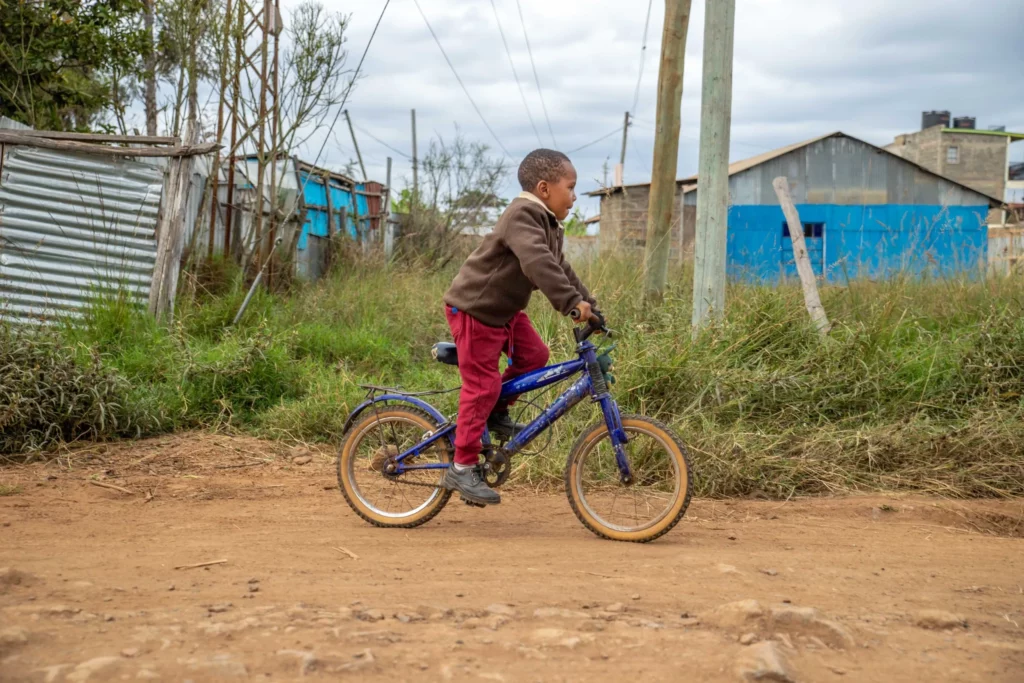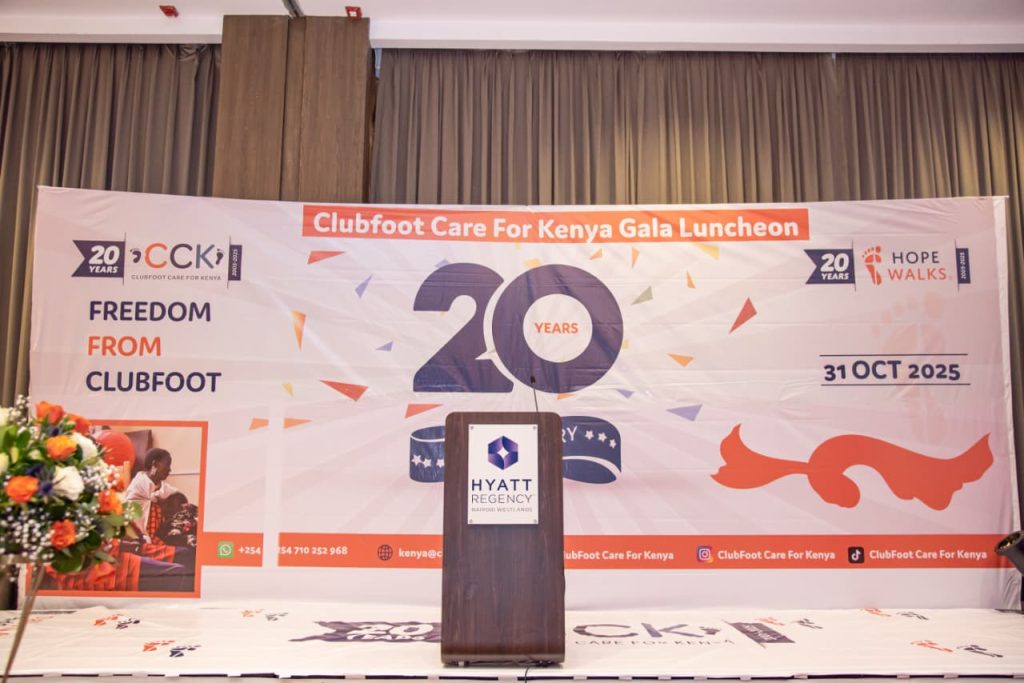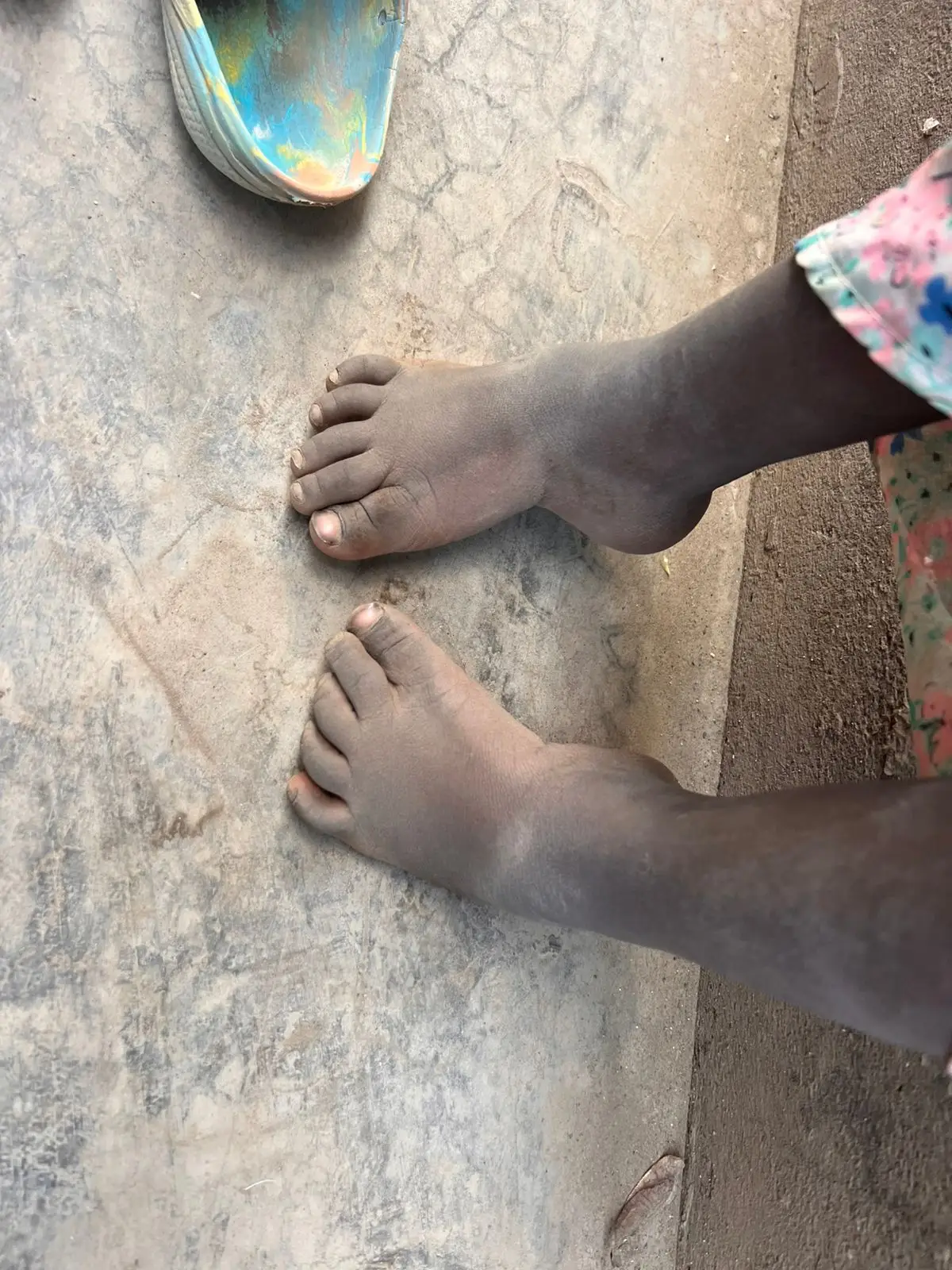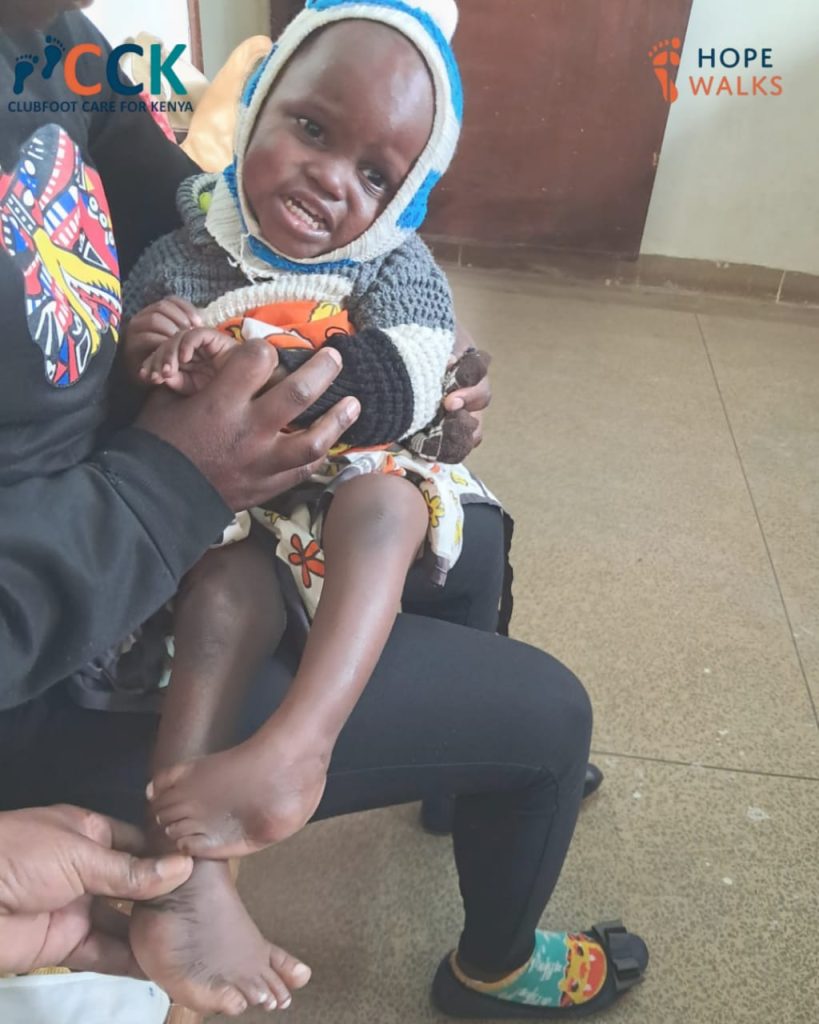Transforming Lives: A Comprehensive Guide to Clubfoot Treatment Using the Ponseti Method
Clubfoot is a congenital condition affecting thousands of children worldwide. However, with the advent of the Ponseti method, there’s newfound hope for a pain-free and active life for these children. This innovative approach involves a series of meticulous steps that ultimately lead to the complete correction of the deformity. In this article, we’ll explore each stage of the Ponseti method, shedding light on how it has revolutionized the treatment of clubfoot.
Stage 1: Understanding the Deformity
The Ponseti method starts with a thorough examination of the clubfoot. This involves carefully feeling for the head of the talus, a crucial step in understanding the deformity’s anatomy. Once identified, the next step is to gently rotate the forefoot, eliminating the cavus deformity and creating a more natural arch. This precision sets the stage for the rest of the process, ensuring a comprehensive correction of the clubfoot deformity.

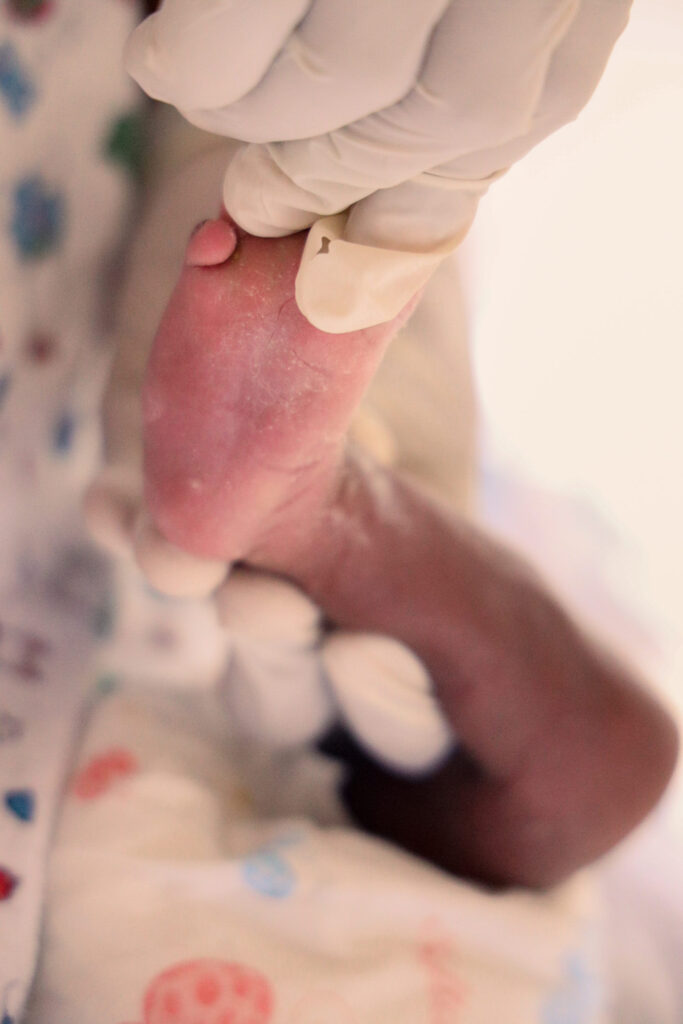
Stage 2: Guided Manipulation and Casting
The heart of the Ponseti method lies in its meticulous manipulation and casting techniques. The foot is gently guided into the correct position and held in place with a cast. This process is repeated every 5 to 7 days, gradually coaxing the foot into proper alignment. The casting phase may also involve a percutaneous tenotomy, a minor procedure to further refine the correction.
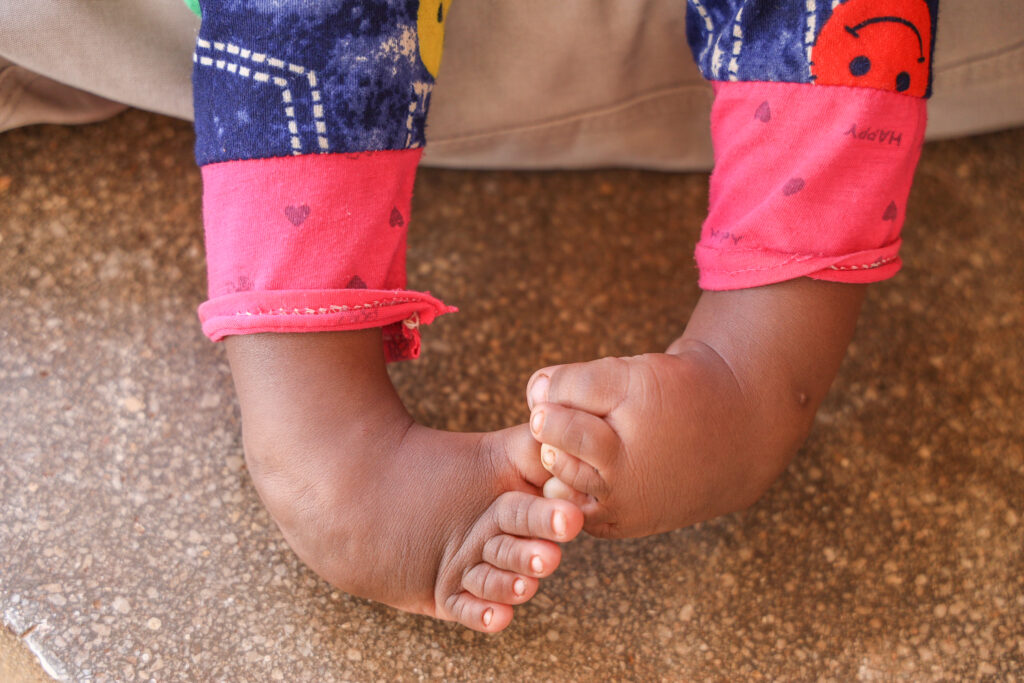

STAGE 3: Percutaneous Tenotomy - A Precise Adjustment
In some cases, after the initial manipulation and casting stages, a small yet crucial step called a percutaneous tenotomy may be recommended. This procedure involves a carefully executed, minor incision. Specifically, a skilled physician makes a tiny cut to delicately release any residual tension in the Achilles tendon.
The Achilles tendon, located at the back of the ankle, plays a pivotal role in foot movement. By gently modifying this tendon, the foot can achieve a more optimal alignment. This meticulous adjustment ensures that the corrected position is not only achieved but also comfortably maintained. This tenotomy, while sounding complex, is a minimally invasive procedure that is performed with great precision and care, often without the need for sedation. It serves as the final touch to the Ponseti method, fine-tuning the correction process and laying the foundation for a future of pain-free mobility and activity.
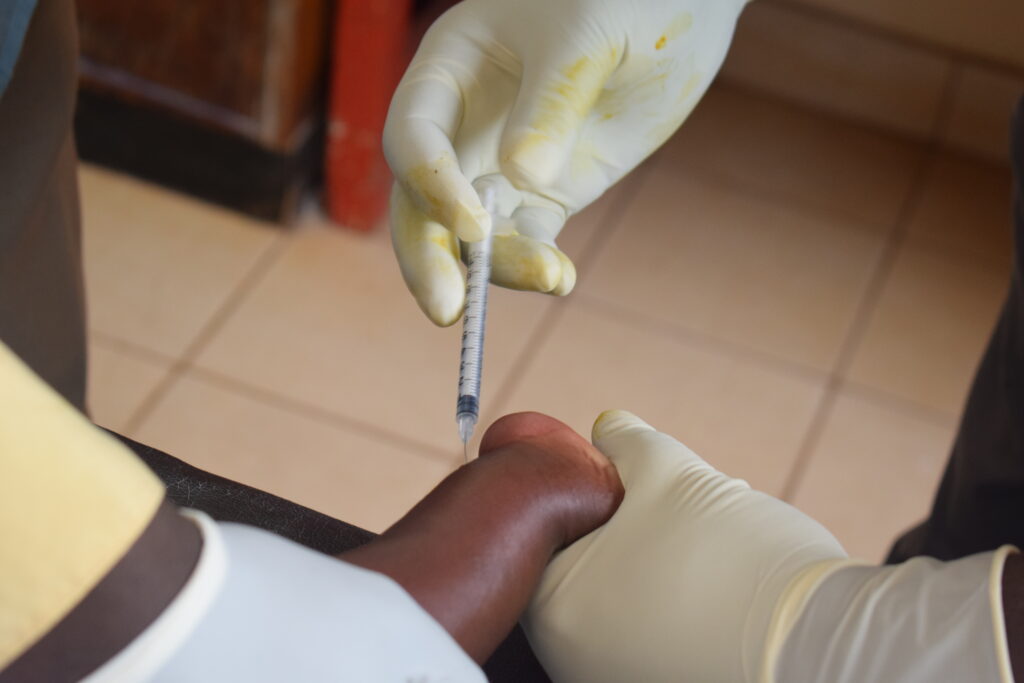
Stage 4: Bracing for Success
After the casting phase and, if needed, the tenotomy, a final cast is applied and worn for three weeks. Then, a special brace is introduced. This is really important because it helps maintain the corrected position. At first, the brace is worn for most of the day, but as the child grows, it’s gradually used less.

Conclusion: A Bright Future
The Ponseti method, including the percutaneous tenotomy, has transformed how we treat clubfoot. It offers a clear path to correction and a promising future for affected children. Studies have shown that clubfeet treated this way function just as well as normal feet. With early care and attention, every child can step into a life free from the challenges of clubfoot.
